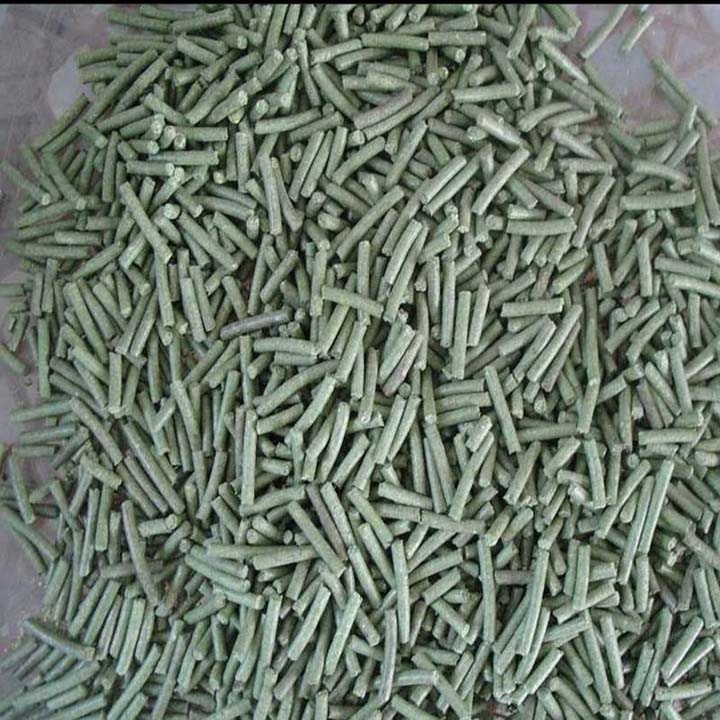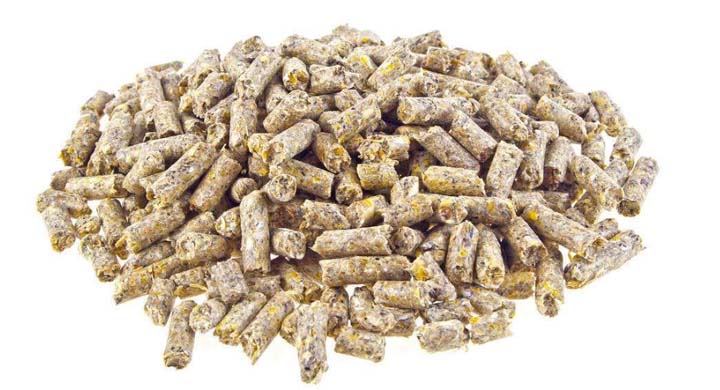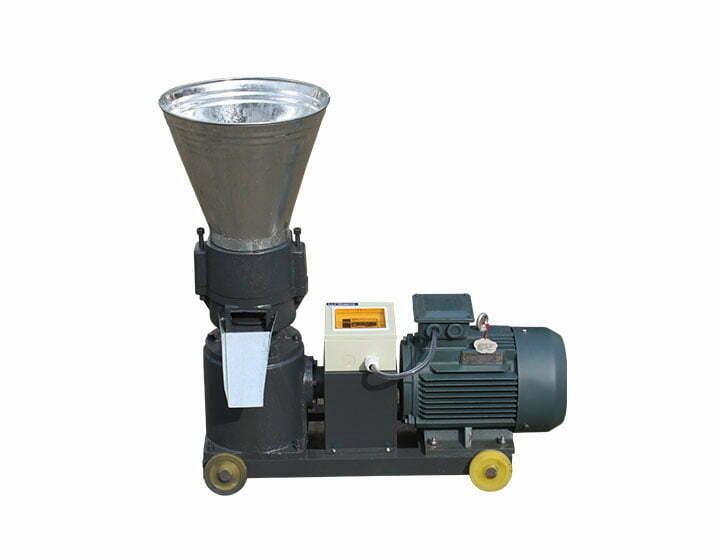Feed pellet can improve the palatability of the feed, improve the digestion and utilization of nutrients, avoid picky animals, and reduce feed waste. Therefore, it is very common to feed ruminants with full-price pellets. However, there are some differences between the production process of ruminant pellet feed and pig and poultry feed. This article introduces the factors affecting the pelleting of ruminant feed and its production technology.
Factors affecting pelleting of ruminant feed
Material characteristics
The important factor affecting the granulation effect of ruminant feed is raw material characteristics. Different raw materials have different characteristics and will directly affect the yield and quality of pellet feed. Therefore, different forms and different degrees of treatment are required during the pelleting process.
Protein and density
Raw materials containing higher natural protein have better thermoplasticity and cohesiveness under appropriate heating conditions, and will produce better quality pellets. The production of raw materials or feeds with higher density will be higher. If a raw material has a high protein content and density, it can have a high yield and quality; if the protein content is low and the density is high, it may be a high yield and poor quality. When the protein content is high and the density is high, too. When it is low, high-quality pellets are produced at a lower yield.

Crude feed in ruminant feed generally contains 12% to 16% protein. Also contains a lot of soft materials, and the grain content is low. The ability of such raw materials to absorb water is low, so the amount of steam added should be low to keep the temperature of the powder below 60℃ and the maximum water content to be 12% to 13%. If it exceeds the above standards, the particles will Swells and breaks after exiting the mold.
Fat
A kind of raw material or feed itself contains fat. A small amount of added fat is beneficial to the formation of pellet feed. Fat helps improve production capacity and plays a lubricating role. However, if there is too much fat (up to 2% or higher), the quality of the pellets will be affected.
Fiber and bulk density
The fiber content in the raw material is too high and it is difficult to be compacted into granules. However, due to its inherent bonding ability, this material can produce high-quality pellets. When the fiber content is too high (10% to 15%), it is not easy to squeeze and form the pellets through the output. Bulk density is also a factor that determines yield.
Generally, a lower bulk density results in lower yields, while a higher bulk density results in higher yields. For the coarse feed in ruminant feed, the crude fiber content is high, the bulk density is small, the fluidity of the material is poor during the granulation process, and the granulation is relatively difficult. It is necessary to take corresponding measures according to its characteristics to effectively control the granulated pellet quality.
Starch
Starch can make the starch’s natural stickiness under high temperature and high humidity conditions to produce high-quality, firm and durable pellet feed. The higher the starch content in the feed, the easier it is to shape the pellets.
Moisture
The moisture content of the raw material has a certain effect on the granulation. When it is high, and the material is liable to slip and block the ring die during granulation. If the moisture content of the raw material is low, the extrusion resistance will be large. When the output is low, the energy consumption is high. Appropriate moisture is good for roughage material formation. Adding sufficient unbound water before granulation is necessary to achieve good particle durability. If the required pellet quality is still not achieved after proper steam conditioning and compression die selection, a binder can be added to the feed. The most widely used binder is bentonite.
Granulation process of pellet mill machine
Tempering process
Tempering is the most important link in the granulation process. The quality of the tempering is an important factor affecting the quality of the pelleted feed. The powdered feed prepared according to the nutritional requirements of ruminant animals enters into the conditioner from the silo, and steam is passed in the conditioner to condition the materials. When producing high-fiber content ruminant full-price feed, the amount of steam infused during tempering and the temperature of the tempered material are slightly lower.
Pellet mill machine granulation process
The quenched and tempered material enters the flat-die granulator and is pressed into larger diameter granules. Generally, the particle diameter is 10-30mm. The granules cooled by the cooler can be crushed into small granules or directly sieved according to the requirements. The plane rotary sieve screens the granules, and the granules that meet the specifications enter the finished product bin, and then are packed.







